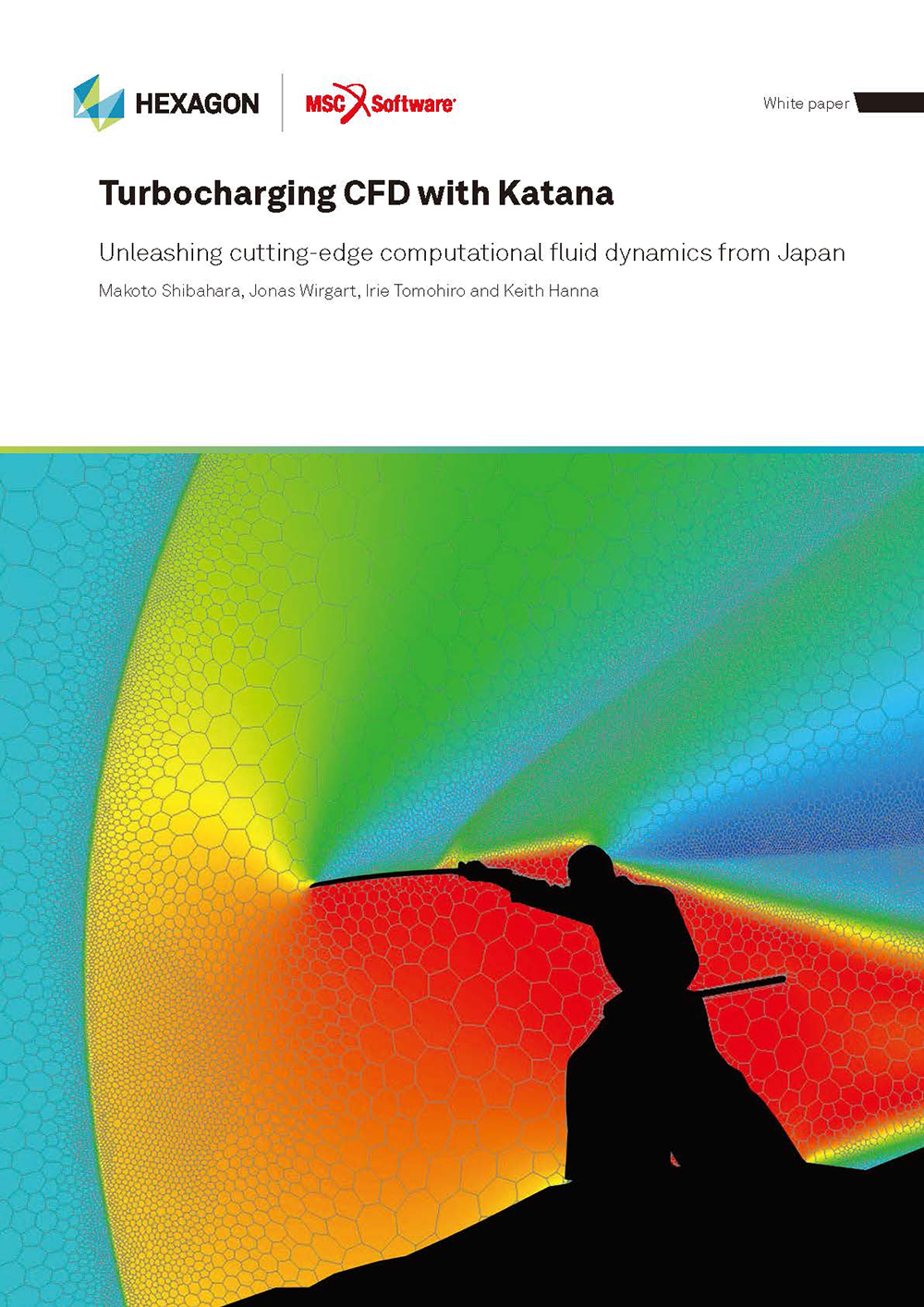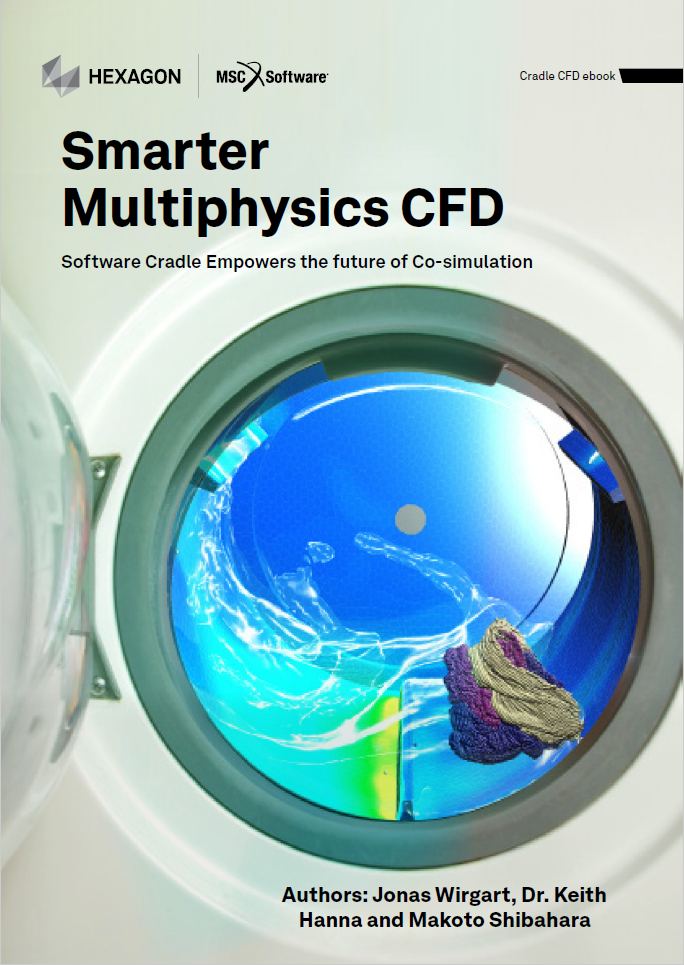WayRay

Applying MSC Cradle CFD to WayRay’s Holographic AR Navigation Cooling System Development
 Picture 1: Dr. Maksim Aleksandrov (PhD), CAE Engineer, WayRay
Picture 1: Dr. Maksim Aleksandrov (PhD), CAE Engineer, WayRay
Swiss startup, WayRay is best known for developing the first-ever holographic AR navigation system for cars. Dr. Maksim Aleksandrov, CAE Engineer at WayRay, sheds light on how the R&D team has applied scSTREAM to the development of the holographic navigation cooling system.
Headquartered in Switzerland, since its inception in 2012, WayRay has established its own in-house R&D center, prototyping factory, and an international team of professionals. Getting the full R&D process under control - from product concept to prototype testing - WayRay has morphed from a startup into a full-cycle manufacturer of holographic optical systems, hardware, and software. Through these efforts, WayRay has carried out successful projects with OEMs and gained a foothold in the global automotive industry as a leading developer-turned-supplier of holographic AR technologies for major automakers.
Powerful, Compact, Electronics Drive Performance
One of the key components of the holographic AR navigation systems developed by WayRay is a laser unit with a laser cooling system.
The design process for the laser cooling system entails selection of thermoelectric elements, heat pipes and fans that keep the lasers running, as well as solving the problem of computational gas dynamics given the processes of heat and mass transfer.
To project a high-quality virtual image on the road (Figure 1), the laser unit’s diodes must have a constant temperature.
To maintain this stable temperature WayRay uses Peltier elements with current control. Diodes are mounted on the cold side of the Peltier element, while its temperature remains the same. The temperature of the hot side of the thermoelectric element varies and depends on the ambient temperature, heat dissipation of the laser diode crystals, the flow rate and speed of the cooling air, etc.
The Peltier element essentially functions as a "heat pump”: the heat generated by the hot side exceeds the amount of heat generated by the cold side of the Peltier element which results from the resistance of the semiconductor thermoelectric pairs when a constant electric current flows through them. The Peltier elements are assembled with a low-melting solder with a melting point of about 138° C. Therefore, in the case of overheating, the element (along with the costly laser) becomes utterly unusable due to the destruction of the soldered connection of thermoelectric pairs.
With Power Comes Heat, Stress and Deformation
Because of this the laser units (Figure 2) must have a reasonably powerful and complex cooling system consisting of radiators, fans and heat pipes, capable of removing and dissipating heat from the Peltier elements.
The calculation of cooling systems like this is impossible with more traditional, analytical methods. Therefore specialists of WayRay’s R&D center aimed to solve this problem using Computational Fluid Dynamics (CFD), based on the finite volume method, using a commercial product from MSC Software, called scSTREAM.
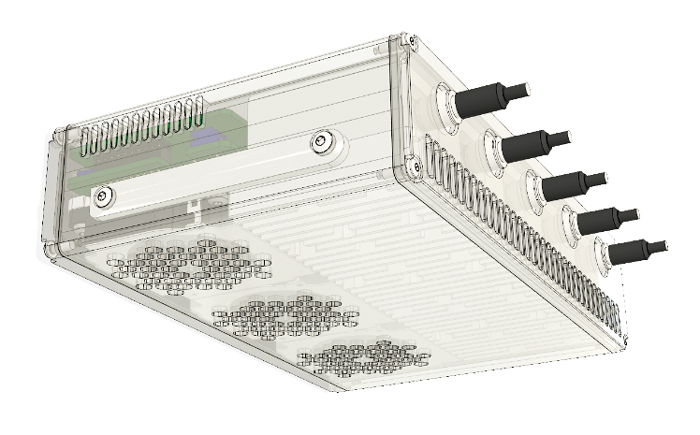 Figure 2: Model of the laser unit
Figure 2: Model of the laser unit
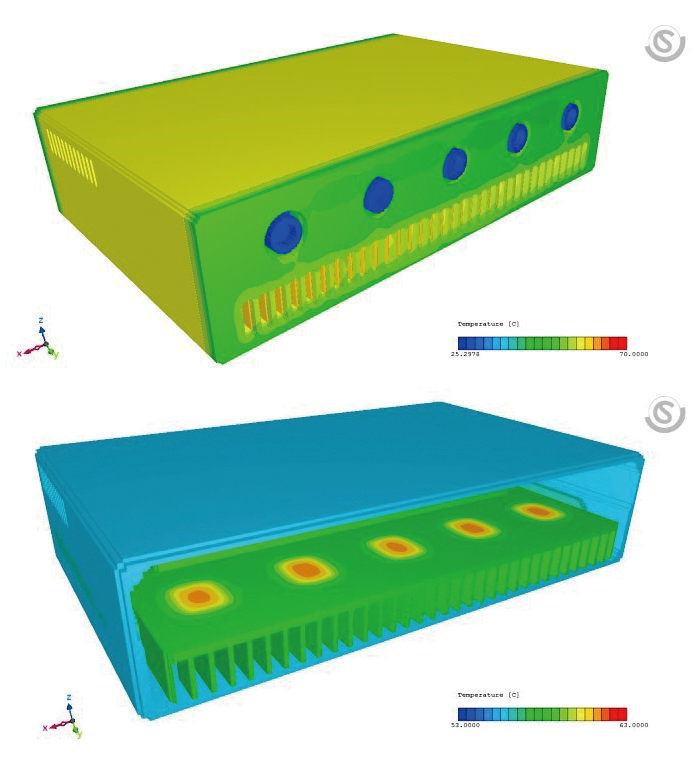 Figure 3: Temperature distribution fields of laser unit components
Figure 3: Temperature distribution fields of laser unit components
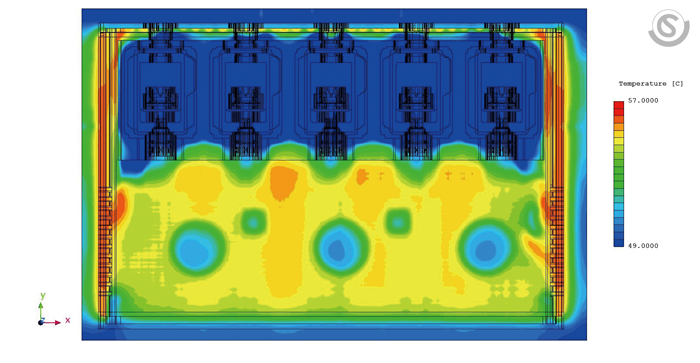 Figure 4: Air temperature distribution field (longitudinal section)
Figure 4: Air temperature distribution field (longitudinal section)
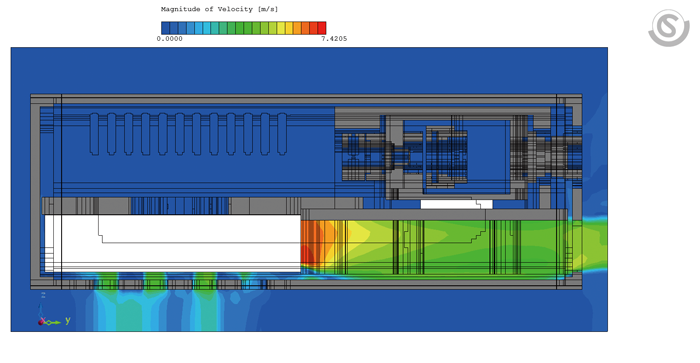 Figure 5: Air velocity distribution field (cross-section)
Figure 5: Air velocity distribution field (cross-section)
CFD software promotes a better understanding of such phenomena. This type of analysis makes it possible to estimate the distribution of temperature among the laser unit components (Figure 3), temperature fields (Figure 4) and the velocity (Figure 5) of the cooling air. It also determines the thermoelectric parameters (temperature of the hot and cold side, current rate, pressure, heat dissipation) of the Peltier elements (Figure 6) and maximum permissible ambient temperature that ensures stable functioning of the Peltier elements.
Getting Insight, Impossible from Physical Prototypes
Introducing scSTREAM reduced the number of prototype tests and helped engineers to better understand the physical phenomena by reviewing visual results.
"The CFD analysis from MSC Cradle enables WayRay to shorten the design and prototyping process, allowing engineers to visualize and simulate design variations previously unavailable for physical measurement and evaluation," - (Mr. Maksim Aleksandrov).
The CFD capabilities from MSC Cradle provide a conceptual design and engineering analysis system that has enabled WayRay specialists to rapidly perform parametric design variation studies. By varying the heat dissipation of crystals, material properties, fan speed, radiator sizes and other parameters, it is possible to compare a variety of design options, excluding trial and error, which significantly reduces the time and money spent on preparing and debugging a physical model.
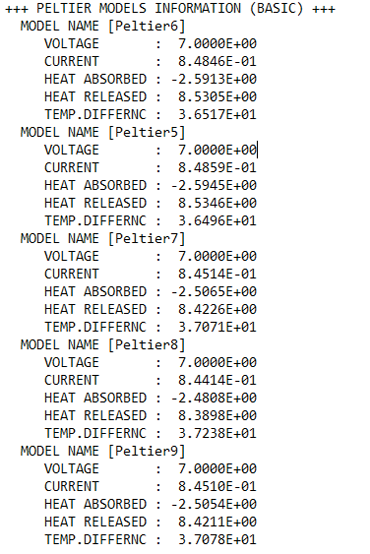 Figure 6: Thermoelectric parameters of Peltier elements
Figure 6: Thermoelectric parameters of Peltier elements
In addition, these computational experiments allow design sensitivity analysis to be carried out to understand which geometric parameters or properties of materials have the greatest impact on calculation results and design objectives.
Figures 3–6 shows the results of the thermo-gas dynamics calculations of the laser block of a holographic navigation system developed by WayRay for a Japanese automaker.
The calculated grid, consisting of 24 million elements, was finely tuned in areas of significant temperature change (where laser diode crystals are located). This high-resolution grid is necessary for more exact approximations of the structural elements and the gaps between them.
However, despite the vast number of grid elements, the calculation time in a stationary setting was only 2 hours (for comparison, the duration of a similar calculation with an unstructured grid was 18 hours!). At the same time, the calculation error in comparison with the experimental results was less than 3%.
“CFD has never been so accurate and robust. Thanks to scSTREAM’s high performance, we are now able to quickly create detailed models of over 10 million mesh elements and perform many design verification and optimization iterations per day,” - (Mr. Maksim Aleksandrov).
Based on the simulation results, the heat load and the efficiency of the cooling system were evaluated. The optimal arrangement of fans, Peltier elements, and radiators for temperature distribution and airflows was determined; and stagnant zones and localized heat pockets were eliminated.
The maximum ambient temperature at which the stable function of Peltier elements was assured as was the temperature of the laser diodes, and the overall laser cooling system operation.
The Future with MSC & CFD
In the future the WayRay team plan to incorporate a more complete picture of structural loads, expansion and stresses by exporting temperature variations to strength & structural analysis tools. They also plan to conduct thermal calculations of optical systems as well, given that the MSC Cradle CFD system can take into account lens reflection and refraction due to heat radiation.
"We also plan to conduct thermal calculations of optical systems as well, given that the MSC Cradle CFDsystem can take into account lens reflection and refraction due to heat radiation. Aerodynamic noise analysis is our other challenge," - (Mr. Maksim Aleksandrov).
WayRay chose scSTREAM for thermo-fluid simulation because of its high operability, accuracy and comprehensible GUI. WayRay engineers are satisfied with the capability of scSTREAM and eager to continue to apply the CFD tools to produce excellent computational results and achieve more effective development.
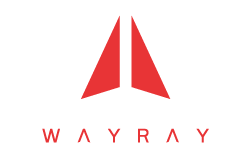
WayRay
- Founded: 2012
- Business: Holographic AR technologies for cars
- President & CEO: Vitaly Ponomarev
- Head Office: Lausanne, Switzerland
- R&D: Moscow, Russia
- Number of Employees: 170
- URL: wayray.com
*All product and service names mentioned are registered trademarks or trademarks of their respective companies.
*Contents and specifications of products are as of May 14, 2018 and subject to change without notice. We shall not be held liable for any errors in figures and pictures, or any typographical errors.
Download

